In the context of increasingly depleted natural sand reserves, as well as sand mining causing negative impacts on the environment, investing in artificial crushed sand production lines from waste rock materials at some enterprises in the province promises to bring many economic benefits; providing the market with environmentally friendly products.

Hoang Tuan Company Limited (Hoang Long Industrial Park, Thanh Hoa City) was assigned by the Provincial People's Committee to exploit the stone quarry in Ha Tan Commune (Ha Trung). Previously, during the mining process, a large amount of crushed stone was discarded, wasting resources and polluting the environment. In 2019, the company invested in an artificial sand production line from stone materials to create high-quality clean sand products. The line applies Japanese technology, with a total investment of nearly 20 billion VND and a capacity of 150,000 tons/year. This is a synchronous artificial sand production line, the waste stone material is poured into the vibrating feeder, then separated by the conveyor belt to the rough crusher area and continues to be fed into the jaw crusher and the counter-attack crusher. After the crushing stage, the stone will be screened and classified according to different sizes, then transferred to the sand crusher. This process makes the impact material move back and forth at high speed, the friction between the raw materials creates the raw sand product. The raw materials passed through the sand crusher are transferred back to the vibrating screen for further screening, the screened sand particles that are small enough according to the standard will be transferred through the conveyor belt to the washing machine for cleaning before leaving the factory.
Head of Technical Department of Hoang Tuan Company Limited Bui Viet Hung said: Artificial sand has special properties such as more uniform particles, the module and particle composition ratio can be adjusted according to the requirements of the mix for different types of concrete. This type of artificial sand also allows saving cement, asphalt, shortening construction time and increasing the life of the project. Since producing artificial sand, the unit has been proactive in the source of sand and producing commercial concrete construction materials.
According to the construction materials development plan until 2025, with a vision to 2035, Thanh Hoa will develop artificial sand products to meet the demand. The goal is to use at least 30% crushed sand and recycled sand from industrial and construction waste to replace natural sand by 2025; by 2030, use at least 40% crushed sand and recycled sand from industrial waste. To develop artificial sand, on July 17, 2021, the Provincial People's Council issued Resolution 20/2021/NQ-HDND on "Policy to encourage the development of science and technology (S&T) to become a breakthrough in the socio-economic development of Thanh Hoa province in the period of 2021-2025" (referred to as Resolution 20). Accordingly, organizations (enterprises, cooperatives, cooperative groups), households and individuals currently operating in production and business in the province must begin and complete new investment or complete renovation of all technology and equipment for the production of artificial sand (crushed sand) within the period from the effective date of the resolution to December 31, 2025. Newly invested or completely renovated machinery and equipment for the production of artificial sand must be 100% new, with clear origin; have a design capacity of > 50 tons/hour; artificial sand products must be declared to be in conformity with current regulations by the competent authority receiving the dossier. In addition, enterprises must produce and consume at least 75,000 tons of sand (equivalent to about 50,000m3) by the time of requesting support. The support level is 30% of the total investment value, including: costs of purchasing machinery and equipment; Cost of technology transfer (if any); cost of technical training. Maximum support level is not more than 5 billion VND/organization, household, individual.
Head of Technology Management Department, Department of Science and Technology Pham Thi Thanh Huong said: Immediately after Resolution 20 was issued, the Department of Science and Technology issued Decision No. 779/QD-SKHCN on the implementation of Resolution 20 and assigned the task of implementing each content of the resolution to departments, offices, and units under the department. At the same time, the departments, offices, and units were required to deploy the policy to localities, organizations, and individuals and provide guidance on building support profiles for organizations and individuals. In addition, the Department of Science and Technology also conducted a survey and established a database of businesses, organizations, and individuals with the capacity and conditions to benefit from the policy.
“Resolution 20 is a new policy, built on the basis of careful calculation of conditions and the ability to meet the requirements of relevant organizations and individuals. Therefore, the specific policies proposed in this resolution are relatively feasible, with clear conditions; the applied technology is under Decision 38 of the Ministry of Agriculture and Rural Development. In particular, this resolution will be implemented for 5 years, so there will be time to evaluate the effectiveness and suitability of the models and policies. However, currently, most of the province's enterprises are small and medium-sized enterprises, so they have only invested in raw sand production lines, and do not have the funds to invest in fine sand production lines for construction and plastering. Meanwhile, the market for artificial sand is still limited,” Ms. Huong added.
According to a survey by the Department of Construction, the province has 168 limestone mines and quarries in 23 districts, towns and cities that are qualified to produce artificial crushed sand with a reserve of 600 million m3. Up to now, the province has had 12 projects that have invested in the production of crushed sand with a design capacity of about 1.135 million m3/year; capable of replacing over 50% of the total output of natural sand. Crushed sand products produced in the province are applying national standard 9205:2012, qualified for mass use and have their prices announced. Crushed sand has the advantage of removing impurities, uniform grains, and can replace natural sand in some fields, especially concrete mixing and unburnt brick production, and its price is 10 - 20 thousand VND/m3 lower than natural sand.
To encourage businesses to invest in machinery and equipment for artificial sand production, Deputy Head of the Construction Materials Management Department, Department of Construction Nguyen Huu Duc said: Supporting the production of artificial sand is an important solution to meet the demand for construction sand and reduce the demand for natural sand, reduce the phenomenon of illegal sand mining causing riverbed erosion, ensuring security and order in localities with natural sand mines. In the coming time, the Department of Construction will continue to guide and call on investment units to install sand crushing machines (concrete sand and plastering sand) to replace the use of natural sand in construction works to ensure standards, in accordance with the licensed mining capacity to meet the demand for sand use in the whole province.
Article and photos: Truong Giang
Source


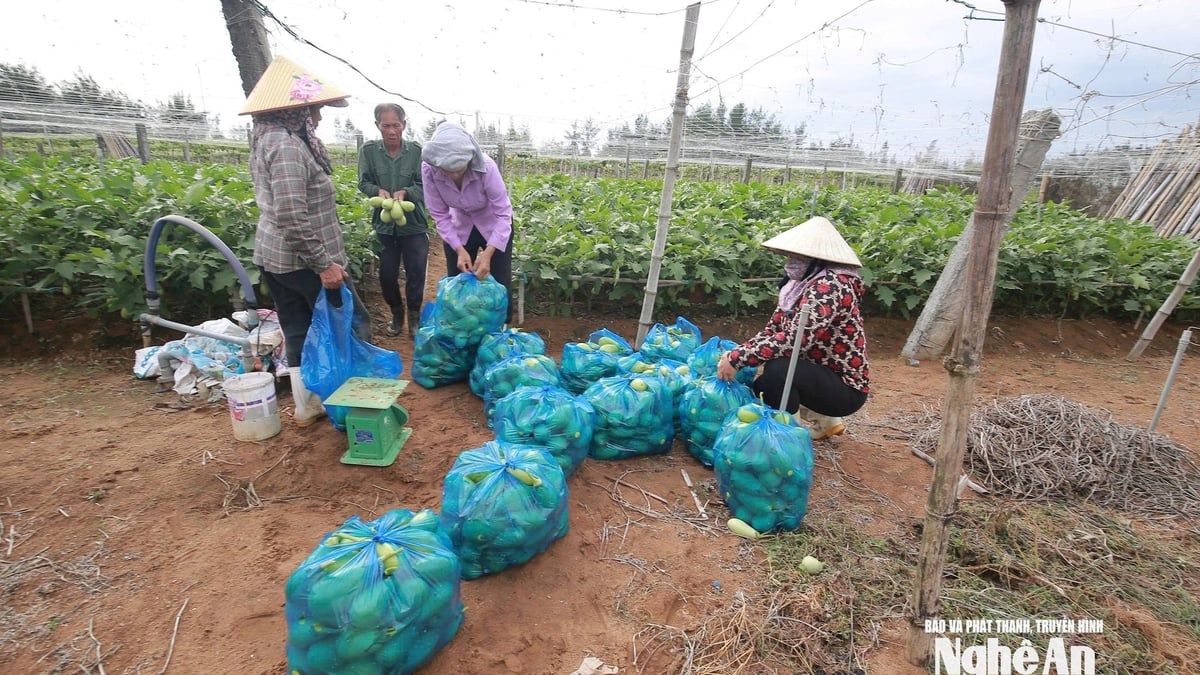
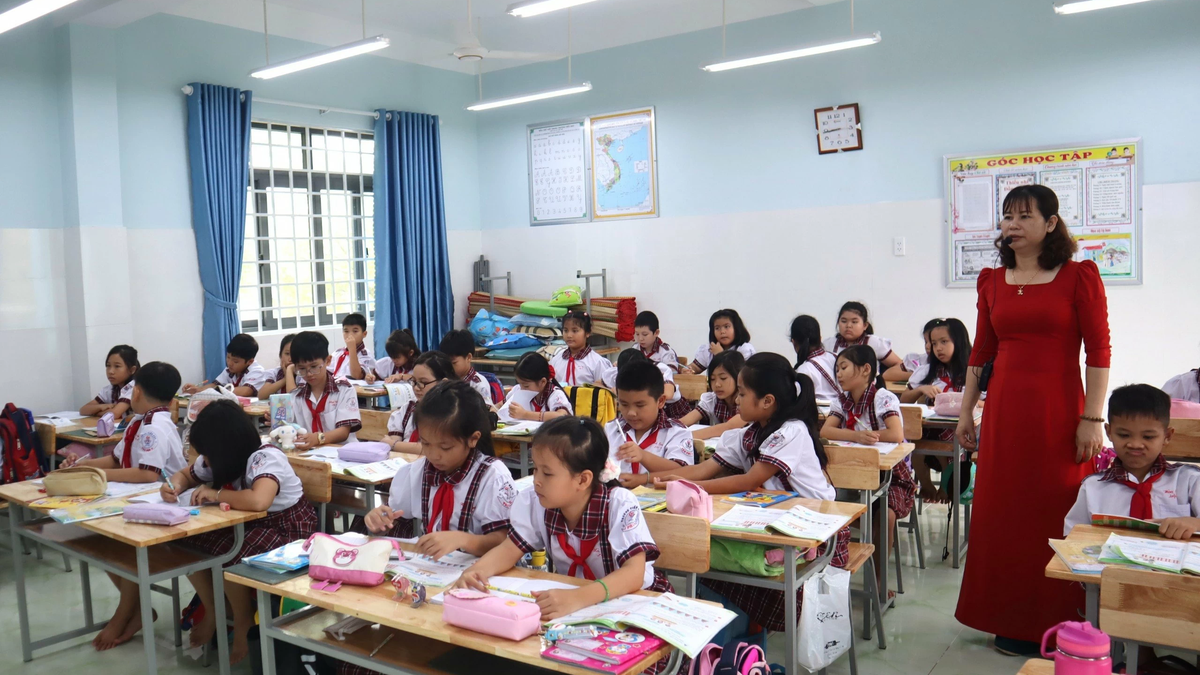

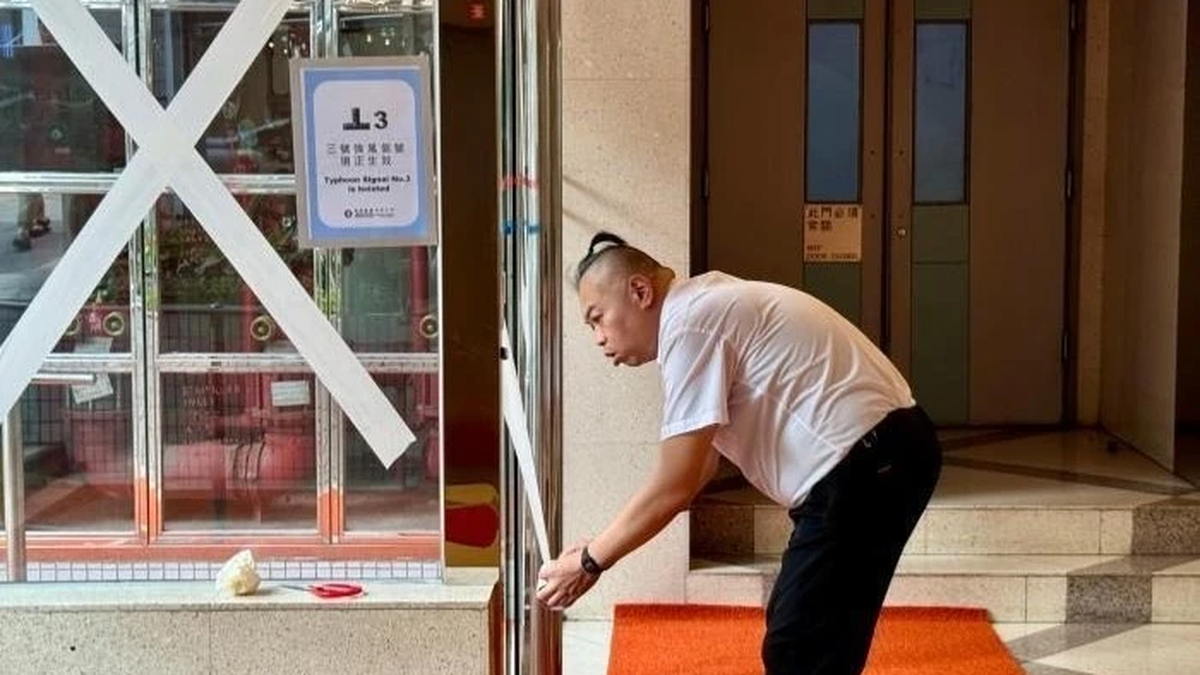
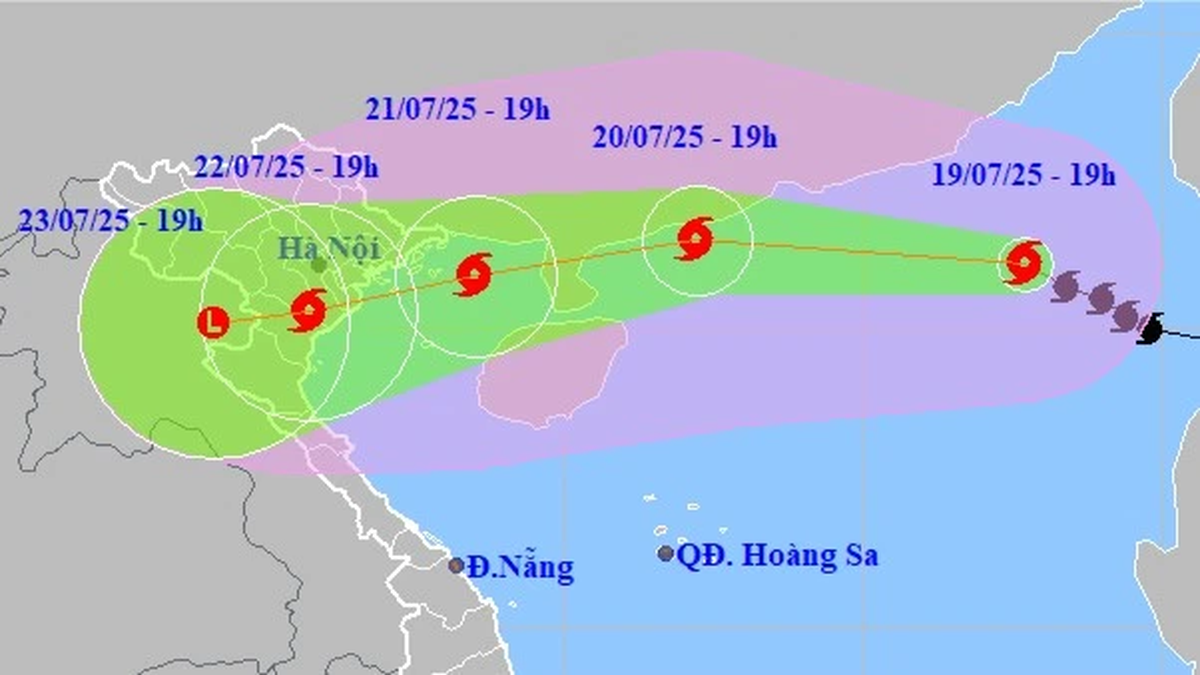
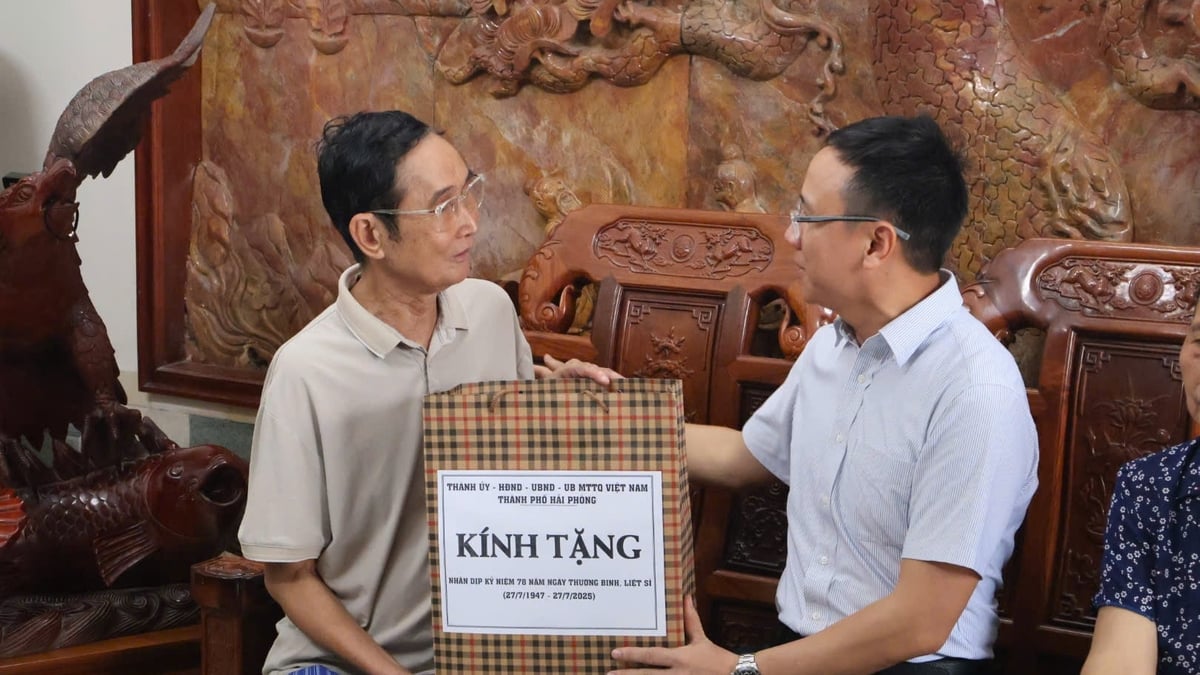
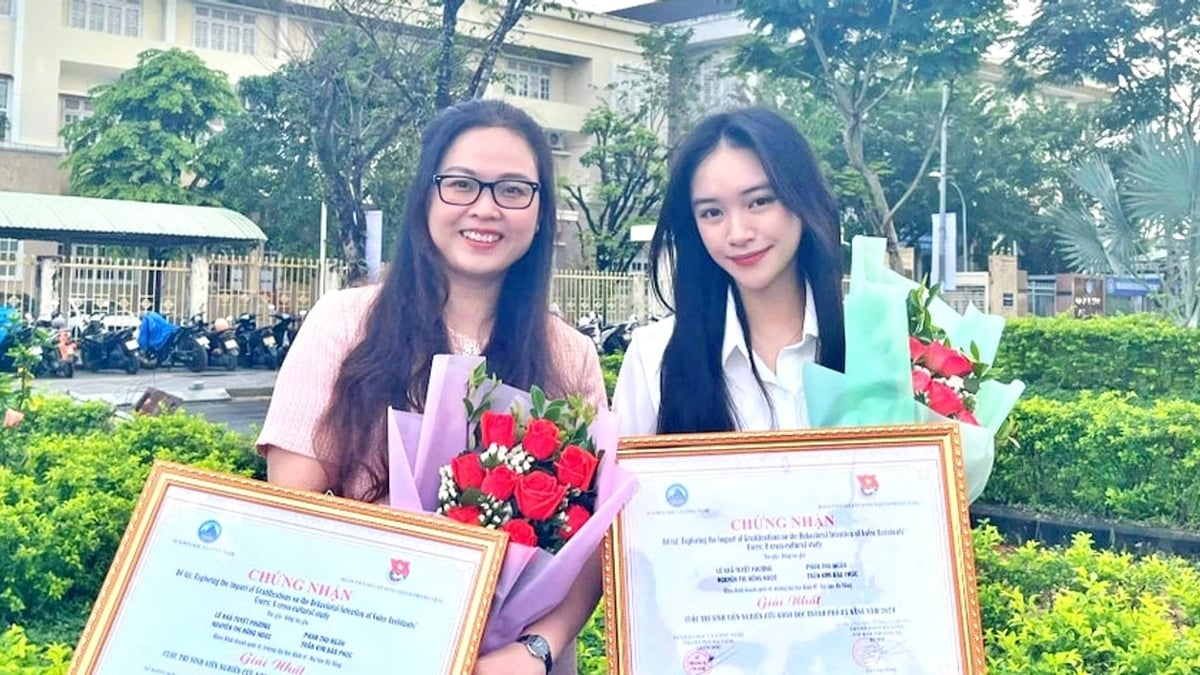
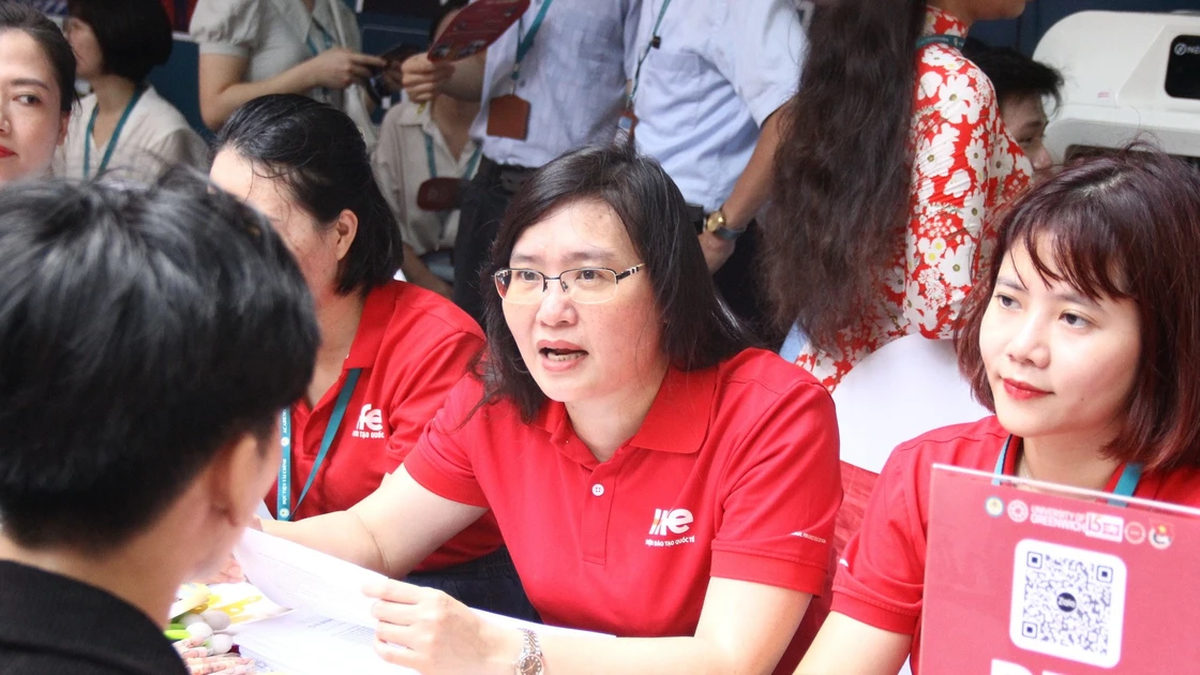

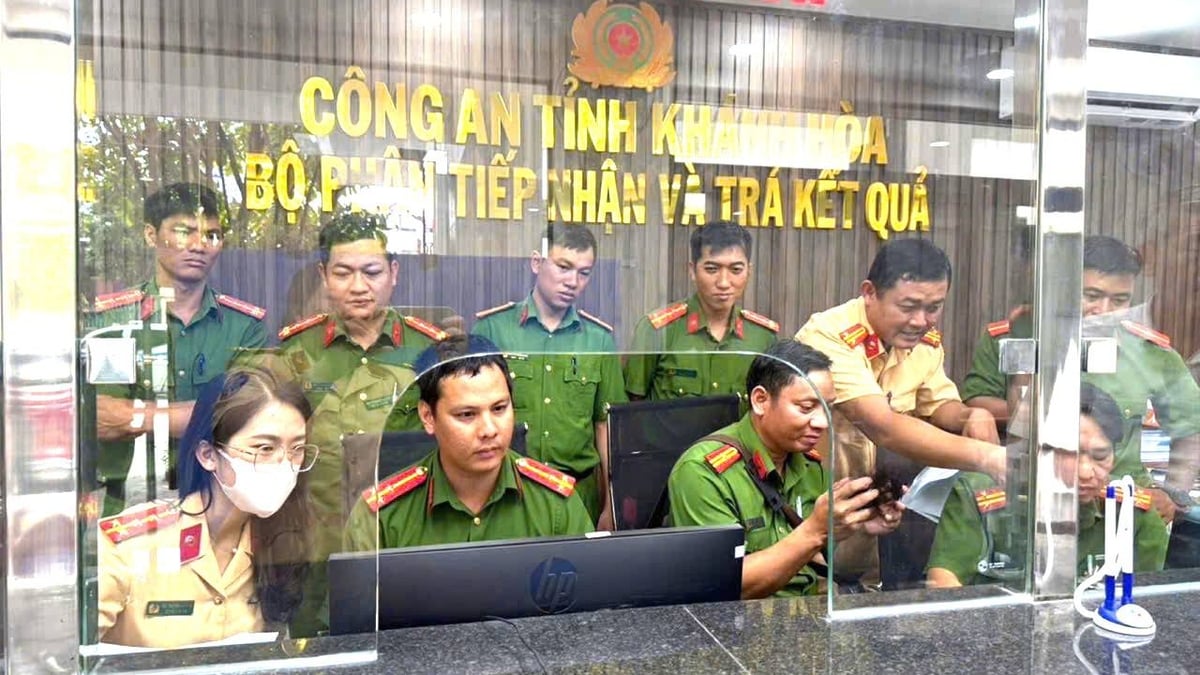












![[Photo] National Assembly Chairman Tran Thanh Man visits Vietnamese Heroic Mother Ta Thi Tran](https://vphoto.vietnam.vn/thumb/1200x675/vietnam/resource/IMAGE/2025/7/20/765c0bd057dd44ad83ab89fe0255b783)











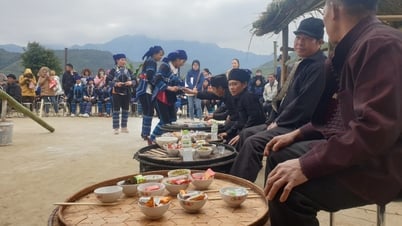



























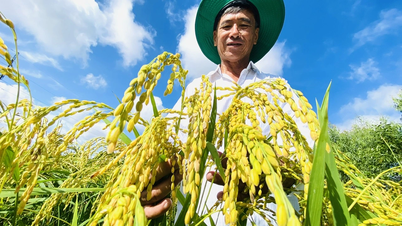

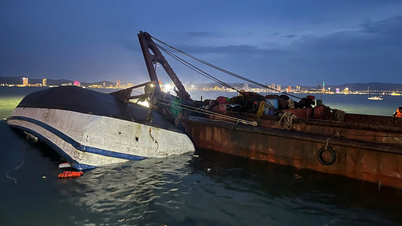





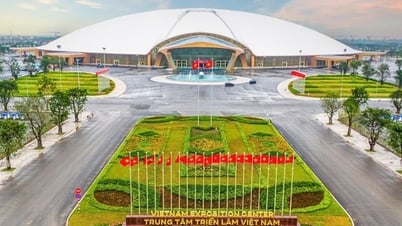
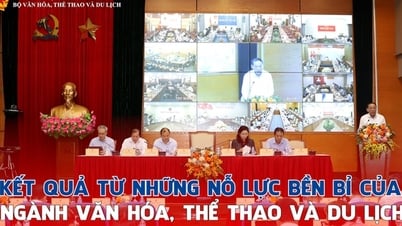
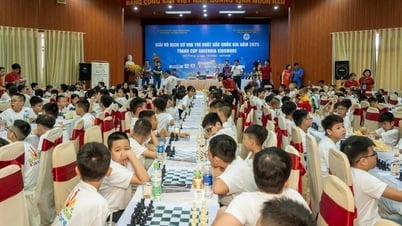

























Comment (0)